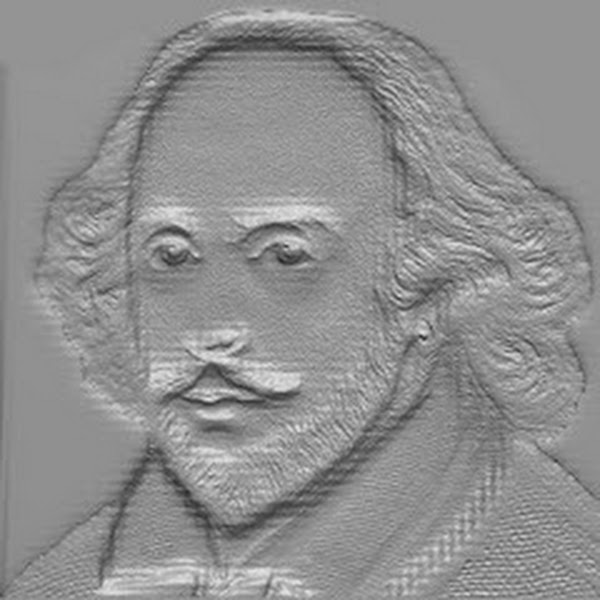Character List for Coriolanus: Summary of Coriolanus: Coriolanus is a tragedy by William Shakespeare that unfolds in ancient Rome. Caius Martius, a skilled and proud general, earns the title “Coriolanus” after a victorious battle in the city of Corioles. However, his disdain for the common people and refusal to gain their favor for political power
Character List for The Comedy of Errors: Summary of “The Comedy of Errors”: “The Comedy of Errors” is a humorous play by William Shakespeare that revolves around the theme of mistaken identity. The story begins with the background of twin brothers, Antipholus of Syracuse and Antipholus of Ephesus, who were separated during a shipwreck. Antipholus
Character List for As You Like It: Summary of As You Like It: “As You Like It” is a comedic play by William Shakespeare that explores themes of love, nature, and the contrast between courtly and pastoral life. The story begins with the banishment of Duke Senior by his brother Duke Frederick. Duke Senior’s daughter,
Character List for Antony and Cleopatra: Summary of Antony and Cleopatra: The play “Antony and Cleopatra” by William Shakespeare unfolds the dramatic love story between Mark Antony, a Roman triumvir, and Cleopatra, the Queen of Egypt. The play is set against the backdrop of political intrigue and power struggles in the Roman Empire. Mark Antony,
Character List for “All’s Well That Ends Well”: Summary of “All’s Well That Ends Well”: The play begins with the Countess of Rossillion mourning the recent death of her husband. Helena, a low-born but intelligent and skilled young woman, is in love with the Countess’s son, Bertram. Despite the class difference, Helena cures the King
Scansion is the process of analyzing and marking the metrical patterns of a poem. It involves identifying and categorizing the stressed and unstressed syllables within each line, determining the poetic feet, and overall understanding the rhythmic structure of the verse. This practice helps reveal the poem’s meter, contributing to the reader’s understanding of its intended
In poetry, a “foot” is the basic building block of a verse’s meter. It is a unit of stressed and unstressed syllables that repeats to create a rhythmic pattern within a line. The combination of stressed and unstressed syllables defines the type of foot, and different poetic traditions use various types of feet. Here are
In poetry, scansion is the analysis of a poem’s meter, which involves identifying and marking the stressed and unstressed syllables in each line. While the concept of “accent” is more commonly associated with spoken language, in the context of scansion, the terms “accent” and “stress” are often used interchangeably. In scansion, the basic unit is
Imagery is a literary device that appeals to the senses, creating vivid and evocative descriptions that allow readers to visualize and experience the world presented in a text. It involves the use of sensory details, such as sights, sounds, tastes, smells, and textures, to enhance the overall quality and impact of the writing. Authors use
A pun is a form of wordplay that exploits multiple meanings of a term or the fact that there are words that sound similar but have different meanings. Puns are often used for humor or to create a clever play on words. They add a playful or witty element to language by exploiting the ambiguity
 CSP
CSP